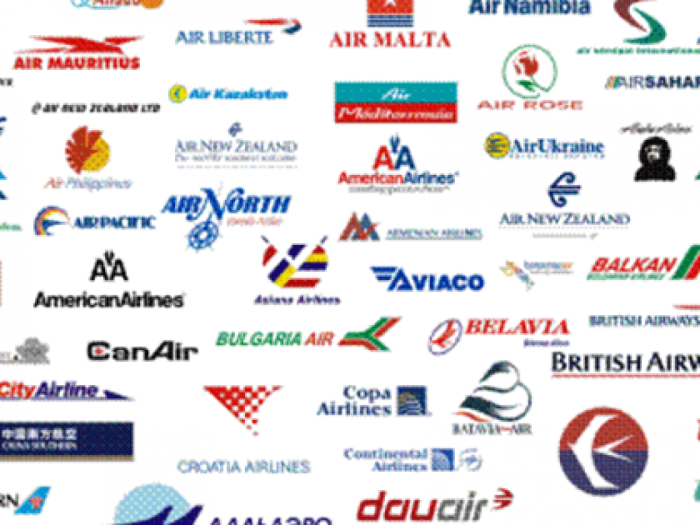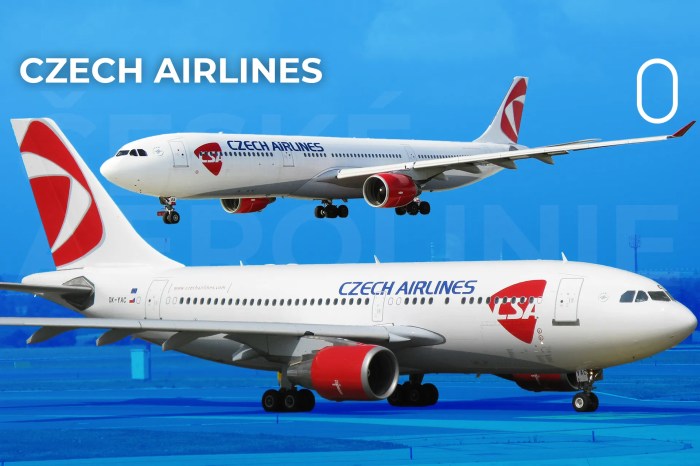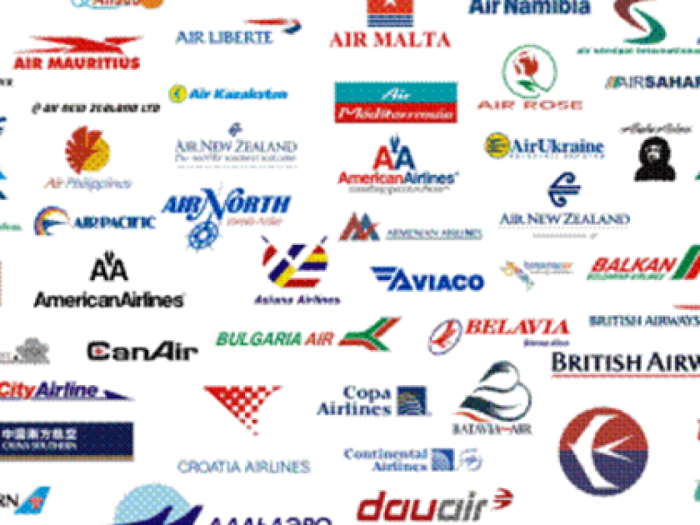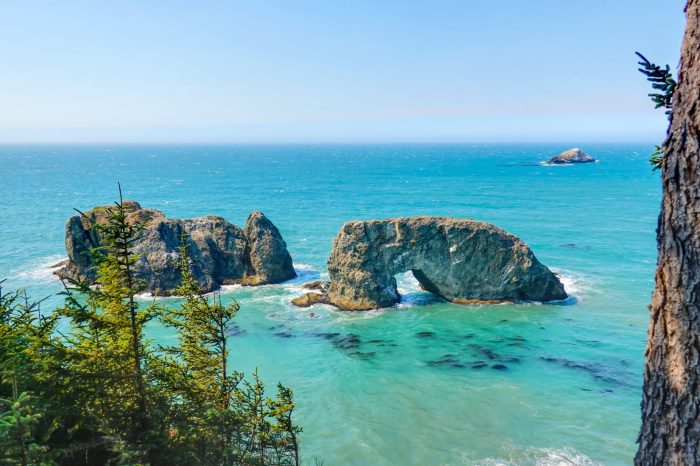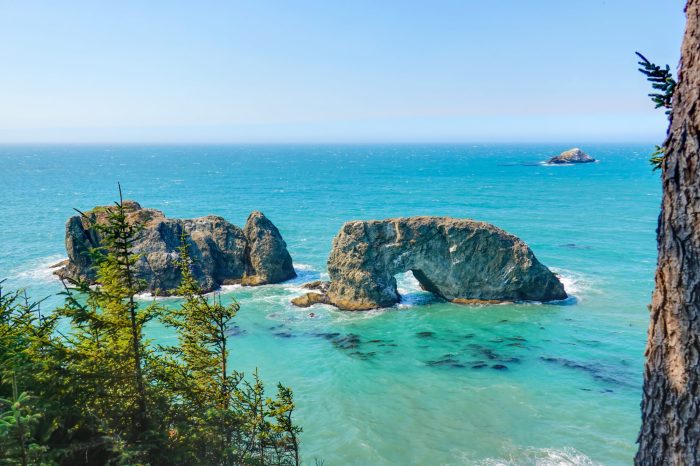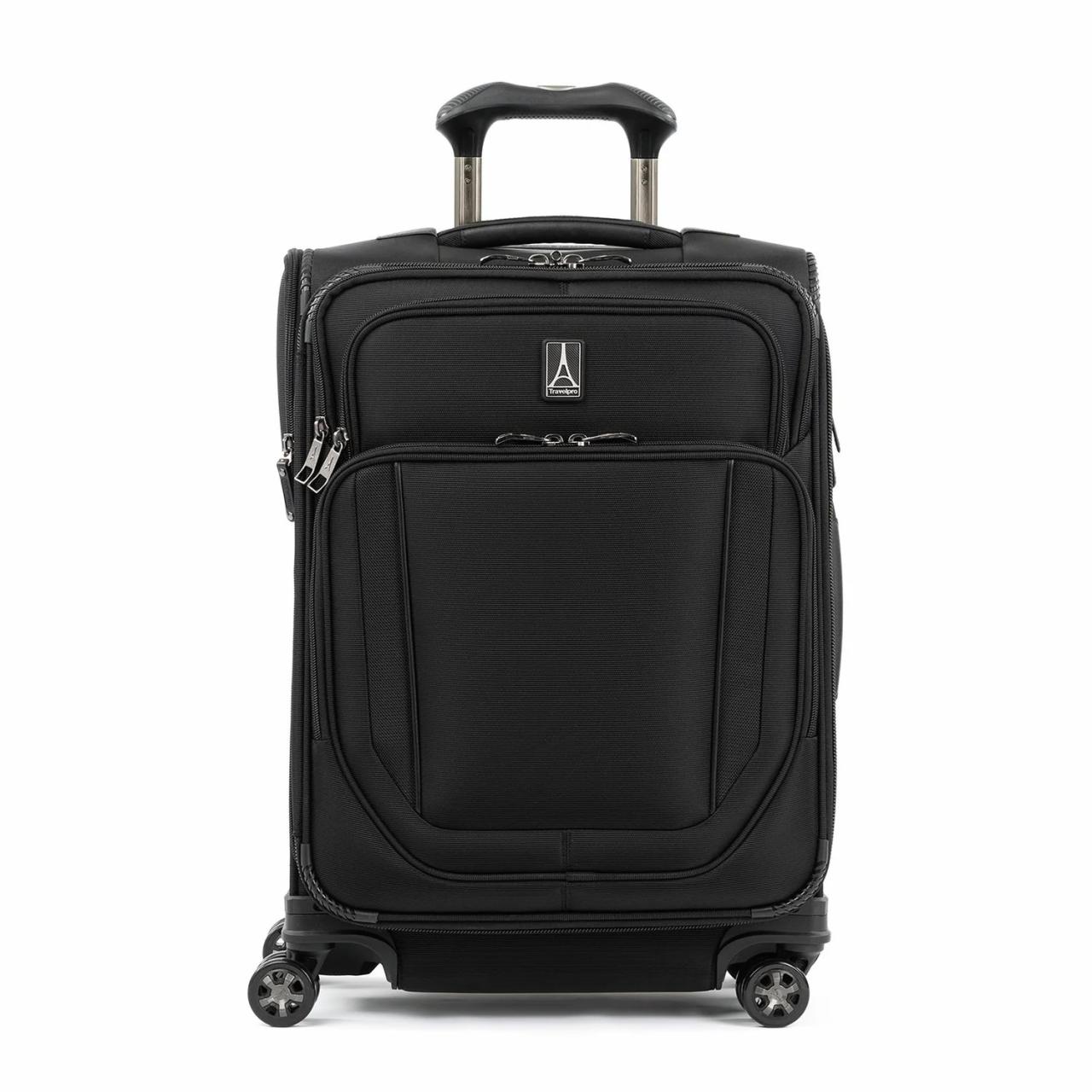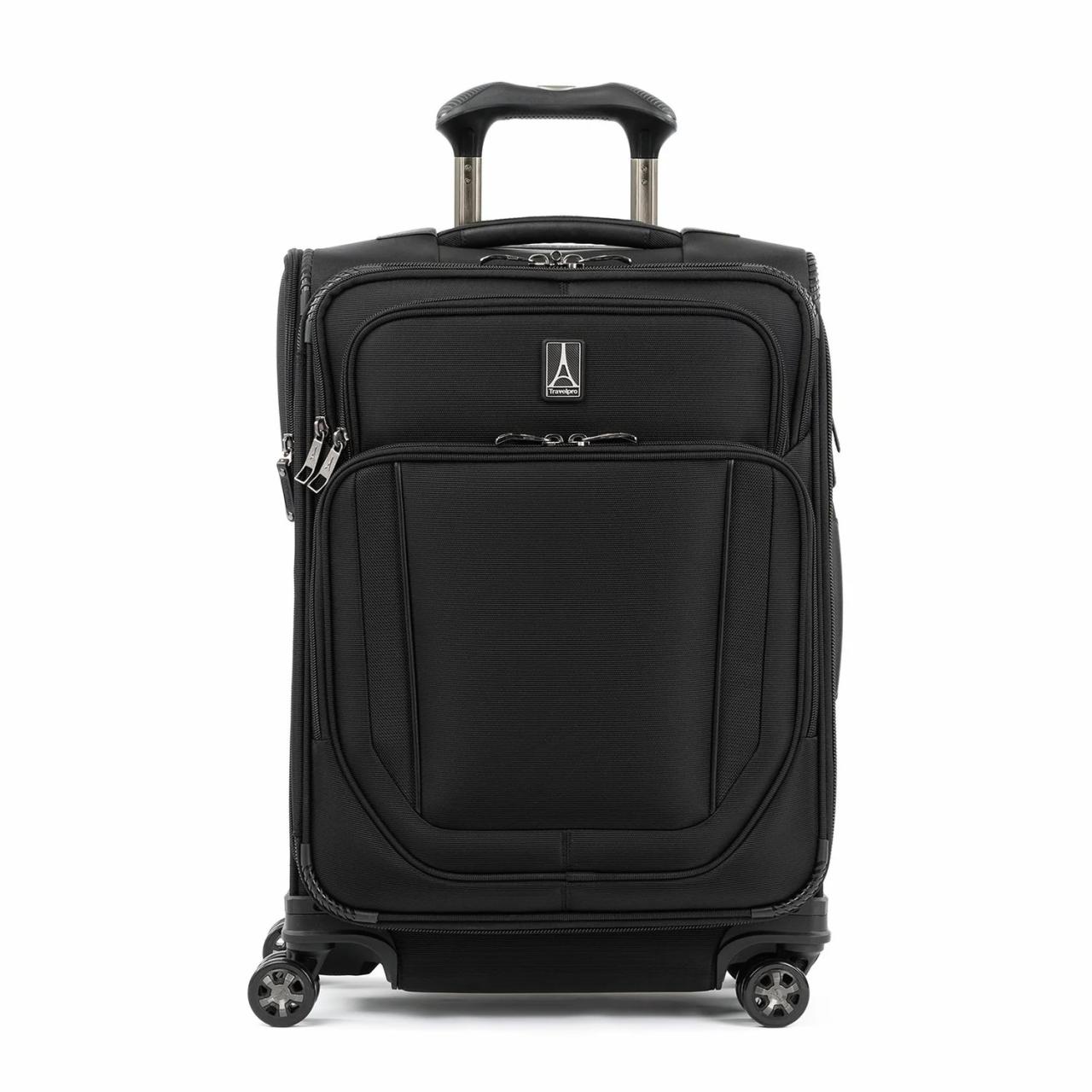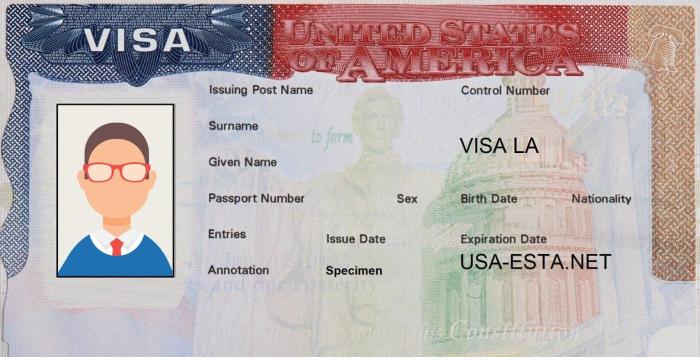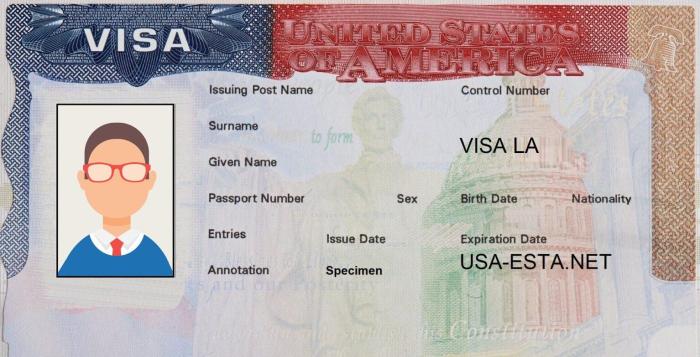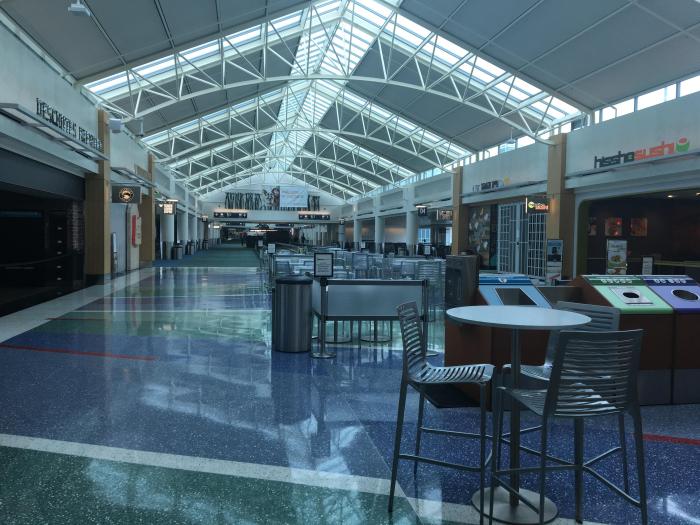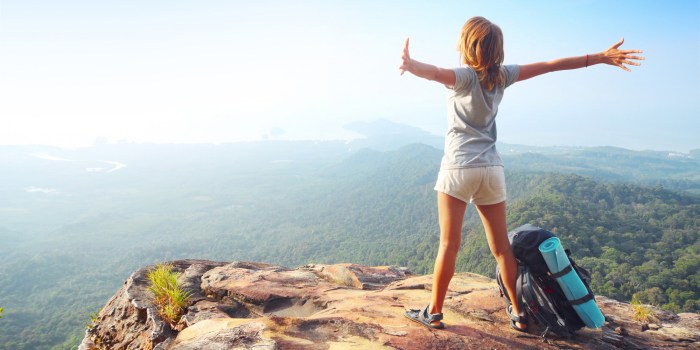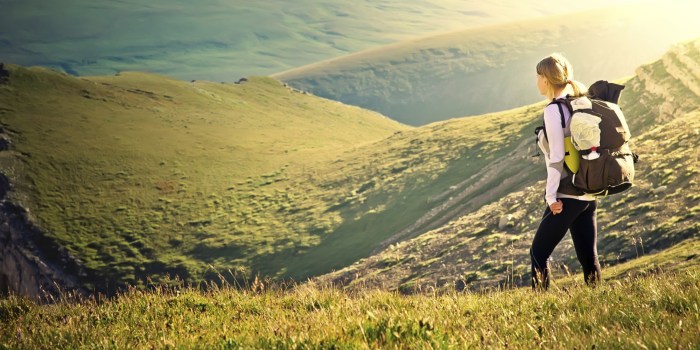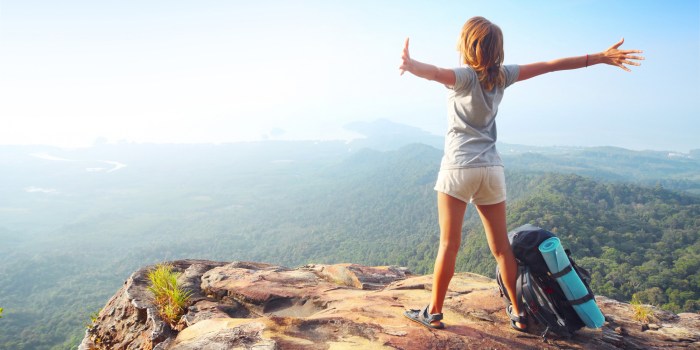Top free things to do in Havana! Immerse yourself in the vibrant culture and rich history of Cuba’s capital without breaking the bank. From exploring iconic historical sites to discovering hidden artistic gems, Havana offers a treasure trove of free experiences waiting to be explored. Get ready to uncover the magic of this captivating city!
This guide will take you on a journey through Havana’s free attractions, highlighting everything from the historic plazas to the vibrant street life. Discover the best parks, local markets, and free walking tours to make the most of your trip. We’ll also offer tips for navigating the city, interacting with locals, and discovering hidden gems along the way.
Introduction to Havana’s Free Activities
Uncover the vibrant soul of Havana, a city steeped in history and brimming with captivating free experiences. From the rhythmic pulse of its music to the captivating beauty of its architecture, Havana offers a wealth of free cultural immersion for the adventurous traveler. Imagine strolling through cobblestone streets, listening to live music spilling from open-air cafes, and soaking in the unique charm of this remarkable Caribbean city.
This exploration delves into the treasures of Havana that don’t require a single peso from your wallet.Havana’s atmosphere is a perfect blend of old-world charm and modern energy. The city’s vibrant culture is palpable, inviting tourists to engage with the local rhythm of life. The warmth of the Cuban people and the infectious energy of the city make it a truly unforgettable destination for those seeking a free and authentic travel experience.
Exploring Havana’s Historic Architecture
Havana’s architectural heritage is a captivating journey through time. The city is a treasure trove of historical buildings, many dating back centuries. These structures, often showcasing a blend of architectural styles, tell stories of Havana’s evolution. Free walking tours are a fantastic way to experience this, guided by local experts who can share the fascinating tales behind each building.
Visiting Plaza Vieja, with its iconic landmarks, is a perfect example. The architecture itself, with its colorful facades and intricate details, provides an engaging and free visual experience.
Immersive Cultural Experiences
Havana is a vibrant hub of culture, offering opportunities to immerse yourself in the local traditions and customs without spending a dime. Enjoy the captivating sounds of live music in parks or plazas. Many cultural venues, including museums and art galleries, offer free admission days or evenings. Observe the daily routines and vibrant street life, which are in themselves a captivating spectacle.
Engage in conversations with locals and gain insights into their lives, which are a part of the cultural experience.
Free Activities and Events in Havana
Havana hosts a variety of free events and activities throughout the year, from festivals to concerts. These events are often a reflection of the local culture and traditions, providing a rich opportunity for cultural immersion. Keep an eye out for announcements and local guides to stay updated on these events, which are an integral part of experiencing Havana’s spirit.
Parks and Public Spaces
Havana boasts numerous parks and public spaces perfect for relaxing and soaking in the city’s ambiance. These areas provide opportunities to observe the city’s life, and to simply enjoy the beauty of the Cuban landscape. Many parks feature vibrant street art and lively gatherings. Take advantage of these spaces to experience the heart of Havana.
Exploring Historical Sites

Havana boasts a rich tapestry of history woven into its very streets. Walking through the old city is like stepping back in time, with numerous historical sites whispering tales of the past. Exploring these sites offers a unique insight into Havana’s evolution, from its colonial beginnings to its modern identity. Many of these sites are free to the public, allowing visitors to delve into Cuba’s fascinating past without breaking the bank.Exploring Havana’s historical sites is more than just sightseeing; it’s an immersive experience.
Each building, each plaza, holds a story waiting to be uncovered. These sites are tangible reminders of the city’s vibrant past, offering a unique opportunity to connect with the city’s soul.
Key Historical Sites
Havana’s historical heart is filled with significant sites, many of which are free to explore. These locations provide a fascinating glimpse into the city’s colonial past and its ongoing cultural significance. The following table details some of the most important and accessible free sites.
| Site Name | Brief Description | Historical Significance |
|---|---|---|
| Plaza Vieja (Old Square) | A central hub in the historic center, surrounded by colorful colonial buildings. | The heart of Havana’s colonial past, it was a vital social and commercial center. Numerous historical events unfolded within its walls, shaping the city’s identity. |
| El Capitolio Nacional | A stunning architectural masterpiece, now a museum and historical landmark. | While some parts of the building might require a fee, the exterior and certain public areas are accessible free of charge. This iconic building represents the nation’s aspirations and ideals during a specific era. |
| Museo de la Revolución | A museum dedicated to the Cuban Revolution, showcasing artifacts and exhibits. | Although it’s a museum, its vast collection of artifacts and displays allow visitors to understand the historical events that led to the Cuban Revolution and its impact on Cuban society. |
| Casa de los Convetos | A well-preserved colonial building, offering a glimpse into 18th-century life. | This structure stands as a testament to the city’s colonial heritage, revealing architectural details and providing a glimpse into the social and economic realities of the era. |
| Catedral de San Cristobal | A magnificent cathedral with a rich history. | This grand cathedral stands as a powerful symbol of religious faith in Havana and an important architectural structure within the city’s historical context. |
Free Artistic and Cultural Experiences
Havana’s vibrant artistic and cultural scene extends beyond the famous museums and historical sites. Numerous venues offer free or low-cost opportunities to engage with music, dance, painting, and other forms of artistic expression. These experiences provide a deeper connection to the city’s soul and allow visitors to immerse themselves in the local creativity without breaking the bank.This section explores some of the free or low-cost artistic and cultural experiences available in Havana, allowing you to connect with the city’s artistic spirit.
These venues often host spontaneous performances and exhibitions, adding an element of surprise and discovery to your journey.
Public Performances and Exhibitions, Top free things to do in havana
Havana’s plazas and parks frequently host spontaneous musical performances, showcasing the city’s rich musical heritage. Street musicians, often playing traditional Cuban instruments like the tres and conga drums, fill the air with captivating melodies. These performances, typically open-air, are a great way to soak in the local atmosphere and experience the energy of the city.
Free Artistic Venues
Many smaller galleries and studios in Havana offer free or low-cost exhibitions. These often showcase emerging artists and feature a diverse range of artistic styles. While some may have nominal entry fees, many are completely accessible without cost, offering an opportunity to discover new talents and unique perspectives.
A Look at Scheduled Events
While some artistic experiences are spontaneous, others have scheduled performances or exhibitions. Checking local listings and announcements can help you discover these events and tailor your visit to align with your interests.
| Venue Name | Type of Experience | Schedule |
|---|---|---|
| Parque Central | Live Music (various genres), Street Performances | Typically afternoons and evenings, daily |
| Calle Obispo | Street Art Exhibitions | Various, often displayed on building walls |
| Casa de la Música | Informal musical gatherings, workshops | Check local listings for schedules; some events are open-air |
| Patio de las Artes | Dance performances, workshops, exhibitions | Check website for schedule; sometimes free events, sometimes pay-per-view |
Parks and Outdoor Spaces
Havana’s parks and plazas offer a refreshing escape from the city bustle, providing opportunities for relaxation, people-watching, and enjoying the vibrant atmosphere. These green spaces are integral to the city’s character, often serving as social hubs and providing a welcome contrast to the more structured historical sites. From serene gardens to lively plazas, Havana’s parks offer a diverse range of experiences.These spaces are not just areas for recreation; they are often interwoven with the city’s history and culture.
Havana offers tons of free fun! Wander through the vibrant streets, soaking up the atmosphere, and discover hidden plazas. One particularly cool architectural gem to check out is see im pei architecture , a stunning example of modern design. It’s definitely worth adding to your list of free things to do when you visit.
Their design and features reflect the city’s architectural evolution and the influence of various eras. Understanding the history behind these spaces enhances your appreciation for their beauty and significance.
Free Parks and Outdoor Spaces
Havana boasts a plethora of free parks and outdoor spaces, perfect for unwinding and taking in the city’s unique charm. These locations provide a chance to interact with the local community and immerse yourself in the Cuban way of life.
Exploring Havana’s Green Spaces
Havana’s parks are a tapestry of different experiences, from the tranquil beauty of gardens to the bustling energy of plazas. Navigating these spaces involves more than just walking; it’s about engaging with the surroundings and absorbing the ambiance. Enjoying the parks involves an appreciation for the local culture and interactions.
| Park Name | Highlights | Suggested Route |
|---|---|---|
| Parque Central | A large central park with a bandstand, a historical significance as a meeting place, and fountains. | Begin at the main entrance, stroll through the central area, visit the bandstand for a possible performance, and explore the various sections of the park. |
| Parque Almendares | A sprawling park with a lake, walking paths, and a historical fortress. | Follow the paths around the lake, visit the fort for a glimpse into the city’s past, and enjoy the scenic views. |
| Parque de la Fraternidad | A park with a beautiful garden and an ambiance ideal for relaxing. | Explore the garden, take a stroll through the park’s paths, and observe the details of the park’s design. |
| Plaza Vieja | A historic square surrounded by colonial buildings, ideal for people-watching and enjoying the atmosphere. | Wander through the square, observe the architectural details of the surrounding buildings, and soak in the lively ambiance. |
Local Markets and Street Life
Havana’s vibrant street life and local markets are a treasure trove of experiences. Stepping into these bustling environments allows visitors to immerse themselves in the city’s pulse, observing daily routines and discovering unique treasures. These aren’t just places to shop; they’re windows into Cuban culture, brimming with energy and personality.Exploring these markets provides a unique perspective on the Cuban way of life, showcasing the resilience and resourcefulness of its people.
From the bustling atmosphere to the bartering opportunities, each market offers a different facet of Cuban culture.
Local Market Experiences
Havana boasts numerous markets, each with its own distinct charm. These are not sterile tourist traps; they’re authentic spaces where locals buy and sell necessities, and visitors can discover unique souvenirs. The atmosphere is lively, with the sounds of haggling, the aroma of spices, and the constant hum of activity creating a vibrant backdrop.
Respectful Interactions
Interacting respectfully with vendors and locals is key to a positive experience. Showing genuine interest and appreciation for their wares is crucial. Friendly greetings and a sincere “gracias” go a long way. Be mindful of their time and effort, and avoid demanding or overly assertive behavior. Bartering is a common practice; approach it with enthusiasm and good humor, acknowledging their prices as a starting point for negotiation.
Havana boasts a wealth of free activities, from strolling through its vibrant plazas to exploring the historic architecture. Before you jet off, though, it’s worth checking out things to know before traveling to Seville to get a feel for the cultural nuances and practical tips that will make your Havana trip even smoother. Ultimately, Havana’s free experiences are a fantastic way to immerse yourself in Cuban culture without breaking the bank.
Unique Experiences in Local Markets
Markets offer more than just souvenirs. Observe the daily routines, from families buying groceries to artisans crafting intricate pieces. Watch the skilled hands of leather workers, the colorful displays of local crafts, and the rhythmic chatter of the vendors. Take the time to appreciate the beauty in the simplicity of everyday life. One unique experience might be finding a hand-painted ceramic piece, a meticulously carved wooden sculpture, or even a vintage Cuban cigar.
Another could be the chance to witness the lively exchange between vendors and customers.
Market Showcase
| Market Name | Special Features | Location |
|---|---|---|
| Mercado de San José | Known for its fresh produce, meats, and seafood, offering a glimpse into daily Cuban food life. | Centro Habana |
| Mercado de los Frutos | Features a diverse range of fruits and vegetables, with vibrant colors and the sweet aroma of tropical fruits. | Vedado |
| Mercado de la Habana Vieja | Situated in the heart of the historic district, offering a mix of souvenirs, local crafts, and everyday goods. | Habana Vieja |
| Mercado del Carmen | Known for its traditional Cuban crafts, including hand-woven textiles and colorful ceramics. | Plaza de la Catedral |
Free Walking Tours and Local Guides
Havana’s vibrant culture is best experienced through the eyes of a local. Free walking tours offer a unique insight into the city’s history, art, and daily life, often revealing hidden gems that aren’t found in guidebooks. These tours are a fantastic way to meet locals and gain an authentic perspective on Havana’s soul.Exploring Havana’s hidden corners and vibrant culture on a free walking tour is a rewarding experience.
These tours, led by passionate local guides, offer a captivating glimpse into the city’s heart, often revealing stories and insights that aren’t readily available elsewhere.
Finding Free Walking Tours
Finding free walking tours in Havana is straightforward. Many are organized through established tour companies or independently by local guides. Look for advertisements in tourist areas, or ask at your hotel or hostel reception. Social media platforms like Facebook and Instagram are also excellent resources for finding local guides offering free tours. Many local guides advertise their services directly on these platforms.
Local Guides and Their Expertise
Local guides are essential to experiencing Havana’s rich tapestry. They provide context and insight into the city’s history, culture, and daily life. Their personal stories and experiences enrich the tour, making it a truly memorable experience. They often possess an intimate knowledge of the city, leading to hidden gems and insider tips. Moreover, many guides are passionate about sharing their heritage and culture with visitors.
This passion shines through in their narratives, creating an engaging and authentic experience.
Types of Information Offered
Free walking tours in Havana cover a diverse range of topics. Tours typically explore historical sites, like the Plaza Vieja, highlighting the city’s architectural and cultural heritage. Tours might also delve into the city’s contemporary art scene, featuring local artists and studios. Many tours focus on the daily life of locals, revealing the city’s rhythms and traditions.
Furthermore, tours might emphasize specific neighborhoods, showcasing their unique character and atmosphere.
Tour Options
| Tour Option | Guide Contact Info | Tour Duration |
|---|---|---|
| Historical Havana Walking Tour | +53 555-1212 (available via WhatsApp), [email protected] | 2-3 hours |
| Havana’s Artistic Heart | +53 555-3456 (available via WhatsApp), [email protected] | 2 hours |
| Everyday Havana: Local Life | +53 555-6789 (available via WhatsApp), [email protected] | 3 hours |
| Old Town & Beyond: Street Art & Culture | +53 555-9012 (available via WhatsApp), [email protected] | 2-3 hours |
Note: Contact information is for example purposes only and may not be accurate.
Community Events and Festivals
Havana’s vibrant culture comes alive through its community events and festivals. These celebrations offer a unique glimpse into Cuban traditions, music, and artistry, enriching the experience for tourists and locals alike. From lively street parties to intimate cultural performances, these events are a testament to the city’s enduring spirit.Community events and festivals are an integral part of Havana’s social fabric.
They provide opportunities for people to connect, share traditions, and celebrate local talent. These gatherings often feature traditional music, dance, food, and crafts, offering a taste of authentic Cuban culture. Understanding the schedule of these events allows tourists to immerse themselves fully in the local rhythm and enjoy the city’s vibrant energy.
Identifying Upcoming Events
Discovering the schedule of Havana’s community events and festivals can be rewarding. Reliable sources for information include local newspapers, tourist information centers, and social media groups dedicated to Cuban culture. Checking the websites of local cultural organizations and embassies can also provide valuable insight into upcoming celebrations. Often, flyers and posters displayed around the city provide a glimpse into local events, so be observant!
Types of Events and Experiences
Havana’s festivals and events showcase a range of cultural expressions. Street parties, often accompanied by live music, are a common occurrence, drawing large crowds and offering a lively atmosphere. Many celebrations feature traditional Cuban dances, such as the Son and Rumba, with performances taking place in parks or open-air venues. Artisans often participate in festivals, showcasing their unique crafts, from intricate wood carvings to colorful textiles.
Food stalls and markets are often integral parts of these events, providing a delicious taste of Cuban cuisine.
Finding Information About Upcoming Events
Locating information about community events and festivals requires proactive engagement with local resources. Following local news outlets, such as online publications or newspapers, can reveal important dates and locations of planned events. Tourist information centers often display posters and brochures outlining local festivals, providing valuable insight into cultural activities. Furthermore, social media platforms are effective tools to connect with local communities and discover upcoming events.
Havana’s got some amazing free attractions! Wander the Plaza Vieja, soaking in the vibrant atmosphere, or explore the colorful streets. But while you’re there, did you know that a similar spirit of community and sustainability exists in Trondheim, Norway, with its inspiring female farmers shaping a unique and delicious sustainable food scene? Check out this fascinating article on Trondheim’s female farmers and their sustainable food scene for more! Ultimately, Havana’s got a lot of free activities that offer a real cultural experience, making it a great destination for budget-minded travelers.
Local groups and pages dedicated to Havana’s culture often post updates about festivals and celebrations.
Sample Upcoming Community Events (Estimated Dates)
- Havana International Film Festival: (October-November): A renowned event showcasing Cuban and international films. Expect screenings, Q&A sessions with filmmakers, and related cultural activities.
- Calle Ocho Festival (July): Celebrated throughout Old Havana, this event involves live music performances, traditional dance demonstrations, and local vendors selling traditional Cuban food and beverages.
- Day of the Virgin of Charity (December): This festival is celebrated with religious processions and cultural displays. It is an important religious event with vibrant displays of Cuban culture.
Note: These are estimated dates and specific details are subject to change. Always confirm the dates and locations with reliable local sources before planning your trip. Many events, particularly smaller local celebrations, are not widely publicized in advance.
Tips for Planning Free Activities: Top Free Things To Do In Havana
Unveiling Havana’s treasures often requires a blend of savvy planning and a willingness to embrace the unexpected. This section provides practical advice for making the most of your free explorations, from navigating the city to engaging with locals. Discovering the hidden gems of Havana is a journey, not a destination, and these tips will help you savor every moment.Planning free activities in Havana is more than just ticking off locations; it’s about immersing yourself in the vibrant culture and life of the city.
Understanding the nuances of transportation, local customs, and how to connect with locals will significantly enhance your experience.
Travel Tips and Hidden Gems
Havana’s charm often lies in its unexpected corners. Exploring beyond the well-trodden tourist paths can lead to authentic experiences. Walking is a fantastic way to discover hidden plazas, charming streets, and vibrant local life. Consider using local public transportation, like buses, for efficient and affordable travel, which can also offer unique perspectives of the city. Pay attention to local neighborhoods, often the most genuine and authentic areas to discover the true pulse of Havana.
Saving Money on Transportation
Utilizing Havana’s public transportation system is a budget-friendly way to explore. Purchase a local transportation card for discounted fares and avoid exorbitant taxi prices. Walking is another economical and engaging way to explore, allowing for greater interaction with the city’s atmosphere. Knowing the routes and locations of bus stops is essential for efficient travel.
Interacting with Locals to Discover Free Activities
Engaging with locals is a key to unlocking the true essence of Havana. Ask about their favorite parks, hidden plazas, or unique cultural events. Local guides, often found in tourist areas or even on the streets, are a valuable resource. Building rapport with locals through respectful conversations, shared smiles, and open-mindedness can reveal off-the-beaten-path experiences. Remember, a friendly approach and a genuine interest in their culture will lead to valuable insights and discoveries.
Local Customs and Etiquette
Respecting local customs is vital for a positive experience. Dress modestly when visiting religious sites. Be mindful of local traditions and norms, avoiding any behavior that might be considered offensive. Learn a few basic Spanish phrases; even a simple “Buenos días” or “Gracias” shows respect. Engage in conversations with a friendly and respectful attitude.
Engage in cultural sensitivity, and demonstrate an interest in the history and culture of Havana.
Visualizing Havana’s Free Experiences
Havana’s free experiences aren’t just about saving money; they’re about immersing yourself in the vibrant pulse of Cuban culture. Imagine strolling through bustling plazas, absorbing the rich history etched into every crumbling wall, and feeling the warmth of the Cuban sun on your skin. These experiences offer a unique perspective, revealing a city that transcends its material possessions. It’s a sensory journey, a feast for the eyes, ears, and soul.These free activities paint a vivid picture of Havana’s essence, allowing you to connect with its people, history, and artistic spirit.
Each moment is an opportunity to soak in the sights, sounds, and smells that define this captivating city.
Historical Sites
Havana’s historical sites whisper tales of the past. Imagine yourself wandering through the Plaza Vieja, the heart of Old Havana, feeling the echoes of centuries past. The air is thick with the scent of roasted coffee and freshly baked bread, mingling with the aroma of sea salt carried on the breeze. The rhythmic clatter of horse-drawn carriages and the melodic cries of street vendors create a symphony of sounds that envelop you in the vibrant atmosphere.
“The cobblestone streets of Old Havana, worn smooth by time, tell stories of pirates, revolutionaries, and everyday lives.”
The sun-drenched yellow walls of colonial buildings, painted with faded glory, reflect the warmth of the Cuban sun. The intricate carvings on doorways and balconies speak of a rich artistic heritage. The echoes of laughter and conversation from nearby cafes carry through the plaza, adding a layer of human connection to the historical narrative.
Free Artistic and Cultural Experiences
Havana’s art scene is a captivating spectacle, accessible to all. Picture yourself in a small, intimate art gallery, surrounded by vibrant murals and colourful paintings. The soft glow of the gallery lights illuminates the artwork, revealing intricate details and stories etched into each brushstroke. The hushed atmosphere allows you to truly appreciate the beauty and emotion conveyed through the art.
“The vibrant hues of Cuban street art paint vivid narratives across the city’s walls, a testament to its resilience and spirit.”
The rhythmic strumming of guitars and the soulful melodies of Cuban music fill the air, weaving a tapestry of emotion and tradition. The infectious energy of live music in a local courtyard or a bustling park is palpable. The sights and sounds of these spontaneous performances create a unique cultural experience.
Parks and Outdoor Spaces
Havana’s parks offer a serene escape from the bustling city. Imagine relaxing in the shade of a towering palm tree, feeling the gentle breeze caress your skin. The vibrant colours of tropical flowers create a feast for the eyes, while the cheerful chatter of children playing fills the air. The aroma of fresh flowers and the distant sounds of salsa music from a nearby bandstand paint a picture of Cuban joy.
“The lush greenery of Parque Central provides a welcome respite from the city’s energy, allowing for a moment of reflection and connection with nature.”
The sunlight filters through the leaves, creating dappled shadows on the ground, and the sounds of nature mingle with the gentle hum of conversations and the distant laughter of children. The warm Cuban air, carrying the scent of hibiscus and jasmine, adds to the peaceful atmosphere.
Local Markets and Street Life
Havana’s vibrant markets are a sensory feast. Picture yourself surrounded by a kaleidoscope of colours and textures as you browse through stalls overflowing with fresh produce, colourful fabrics, and handcrafted souvenirs. The lively chatter of vendors and the aroma of spices fill the air, creating a bustling atmosphere. The sights and sounds are a feast for the senses, and the energy is palpable.
“The vibrant colours of the local markets and the infectious energy of the street life pulse with the very heart of Havana.”
The rhythmic clang of metal on metal from street vendors and the sounds of haggling and laughter create a soundtrack to the experience. The lively atmosphere and the unique smells of the local market immerse you in the daily life of Havana.
Concluding Remarks
Havana, a city bursting with life, offers countless free opportunities for unforgettable experiences. From the grandeur of historical sites to the energy of local markets, Havana is a city that truly comes alive when you embrace its free spirit. With this guide, you’re armed with the knowledge to create a truly memorable and budget-friendly trip. Enjoy the vibrant culture, rich history, and the warmth of Cuban hospitality!

